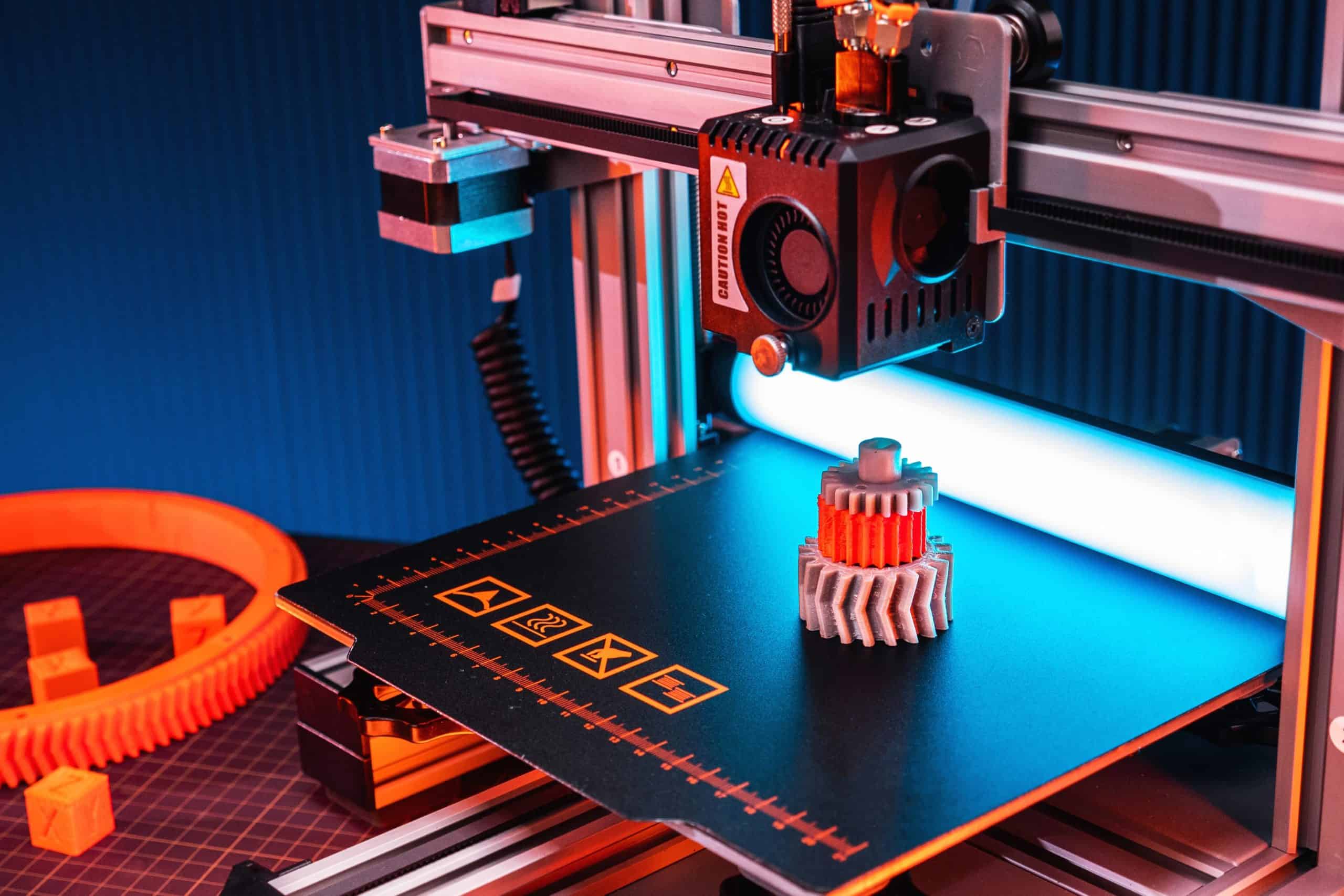Imagine, if you will, creating virtually any tangible object based on the digital, three-dimensional (3D) model on your computer screen. Well, you don’t have to imagine it — that’s 3D printing, theoretically at least, and it’s in use right now.
This technology has advanced dramatically and could transform many industries, including construction. While its ultimate impact remains uncertain, the potential benefits and disadvantages are becoming clearer.
How it could help
For starters, 3D printing could reduce materials and labor costs. Printing materials on the jobsite would mitigate many of the supply chain issues that have plagued construction in recent years. And it virtually eliminates wasted materials because everything is printed to spec.
In fact, the design options are nearly limitless, allowing for innovative and often more energy-efficient structures. And much of the process is automated, which should save considerable time.
Another potential advantage is that a smaller number of workers are typically needed to assemble 3D-printed building components. Thus, the technology could help ease the skilled labor shortage. Also, because of the highly automated nature of 3D printing, fewer jobsite injuries should occur.
Some possible problems
3D printing faces several possible problems that will slow its adoption in construction. First, there’s a lack of regulation. Traditional building codes weren’t designed to address 3D-printed structures. Until the regulatory environment catches up with the tech, a great deal of uncertainty over compliance, liability and other legal ramifications will likely hamper its use.
Second, as of this writing, limited building materials exist. Most 3D printers can work with only concrete and plastics, so they’re not much use for jobs that call for other materials, such as wood or steel.
Third, 3D printers with the necessary functionality are expensive, as are the software programs that run them. And using a 3D printer on a jobsite involves substantial transportation, setup and dismantling costs.
Finally, there’s the workforce impact. Many industry observers are concerned that 3D printing will displace many construction workers.
One example
So far, construction projects using 3D printing have generally focused on small homes, including some multi-home developments. In late 2019, however, a U.S. company, Apis Cor, constructed the largest 3D-printed building to date: A two-story, 6,900-square-foot office building in Dubai.
The building was erected in 21 days by three workers using a single 3D printer and a gypsum-based material. Note that the foundation, roofing, windows and insulation were installed conventionally, and the floors consisted of precast slabs.
Not written in stone
The future of 3D-printed buildings is hardly, shall we say, written in stone. But given its potential benefits, construction business owners should keep an eye on this developing technology.
© 2022


